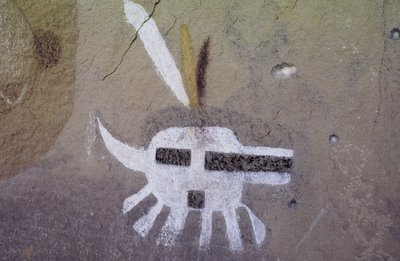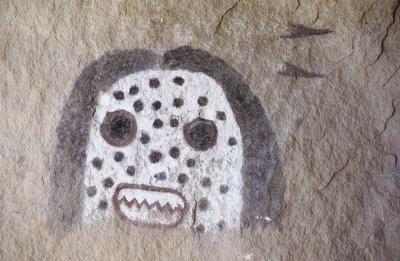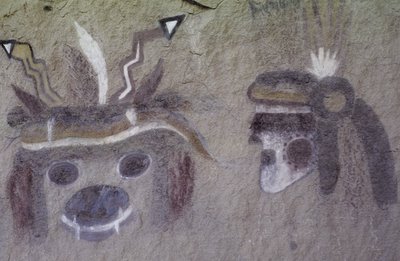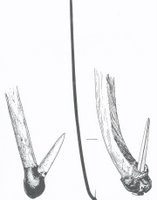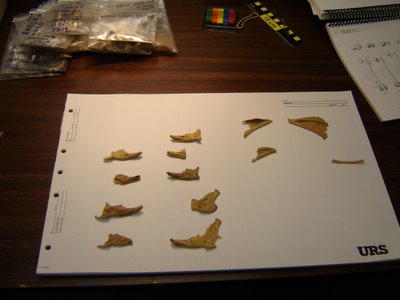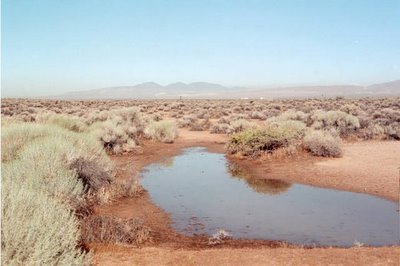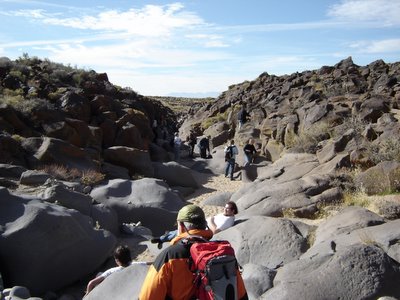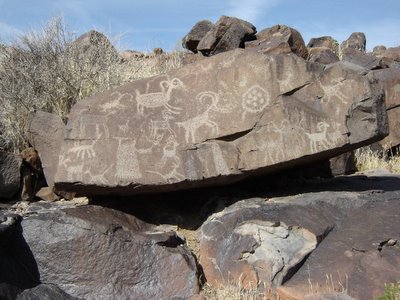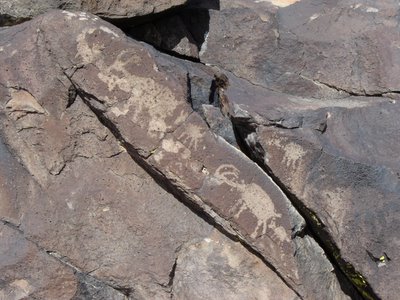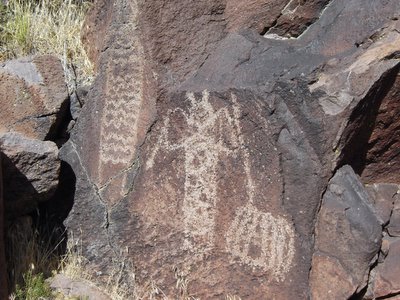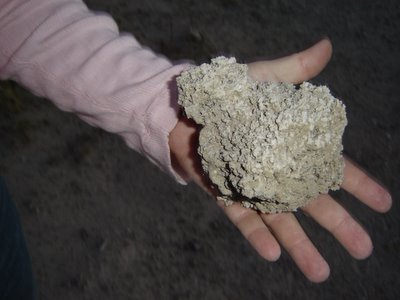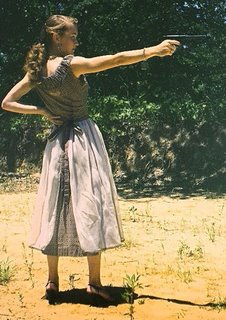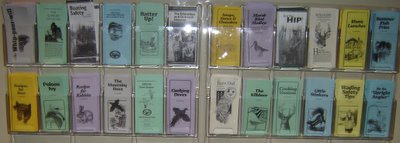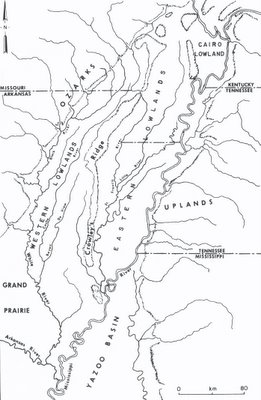Reid, trawling the LA Times again for good tidbits, pulled up this story by Naomi S. Baron, professor of linguistics at American University in Washington. She begins:
"A FEW YEARS BACK, I asked my undergraduates to read Robert Putnam's Bowling Alone. The class was discussing the effects of the Internet on social interaction, and Putnam's carefully documented analysis of the breakdown of Americans' connections to one another offered a good frame of reference.
The students balked.
Was I aware that the book was 541 pages long? Didn't I know Putnam had written a précis of his argument a couple of years earlier, which they easily found on the Web? Why did they have to slog through so many examples of the same point?"
I work for the libraries of a state university, so have frequent opportunity to see students and books in the same room. It should surprise no one that these groups don't often mingle. As Baron points out, "Many of this generation are aliterate — they know how to read but don't choose to."
Yet opinions as to the import (or portent, or danger) of this trend differ, even among the library staff. I'm not a librarian—I manage websites (as do many who work in libraries today, regardless of their training or position). And this constant contact with the Web, and the digital world generally, complicates an issue for we who would otherwise make the reading habits of students a frequent gripe. In fact, most of us do most of our reading (and writing!) on the Web; it's so easy.
Baron again:
"Much as automobiles discourage walking, with undeniable consequences for our health and girth, textual snippets-on-demand threaten our need for the larger works from which they are extracted. Why read Bowling Alone — or even the shorter article upon which it builds — when you can lift a page that contains some key words?"Yes, I'm toggling back and forth between open browser windows, cutting and pasting right now.
But I think the issue here is broader than the Internet's ease of use. The refusal to read full length texts—whole books—indicates our whole lives are different. It takes another kind of lifestyle to read "the whole thing." Today you have to choose to read in analog; you even have to call it "analog" for the sake of this discussion. That reading in this way is a learned skill might have previously have been overlooked, since it was a necessary skill: Even I finished college without access to the Internet. Now that reading books (for pleasure or otherwise) is an "option," most seem not to be learning the necessary skills.
Baron's point is maybe a bit narrow, but good: "Reading successive pages and chapters teaches us how to follow a sustained line of reasoning." One has to assume, in defense of books, that some authors still provide one. Thankfully, many do.









